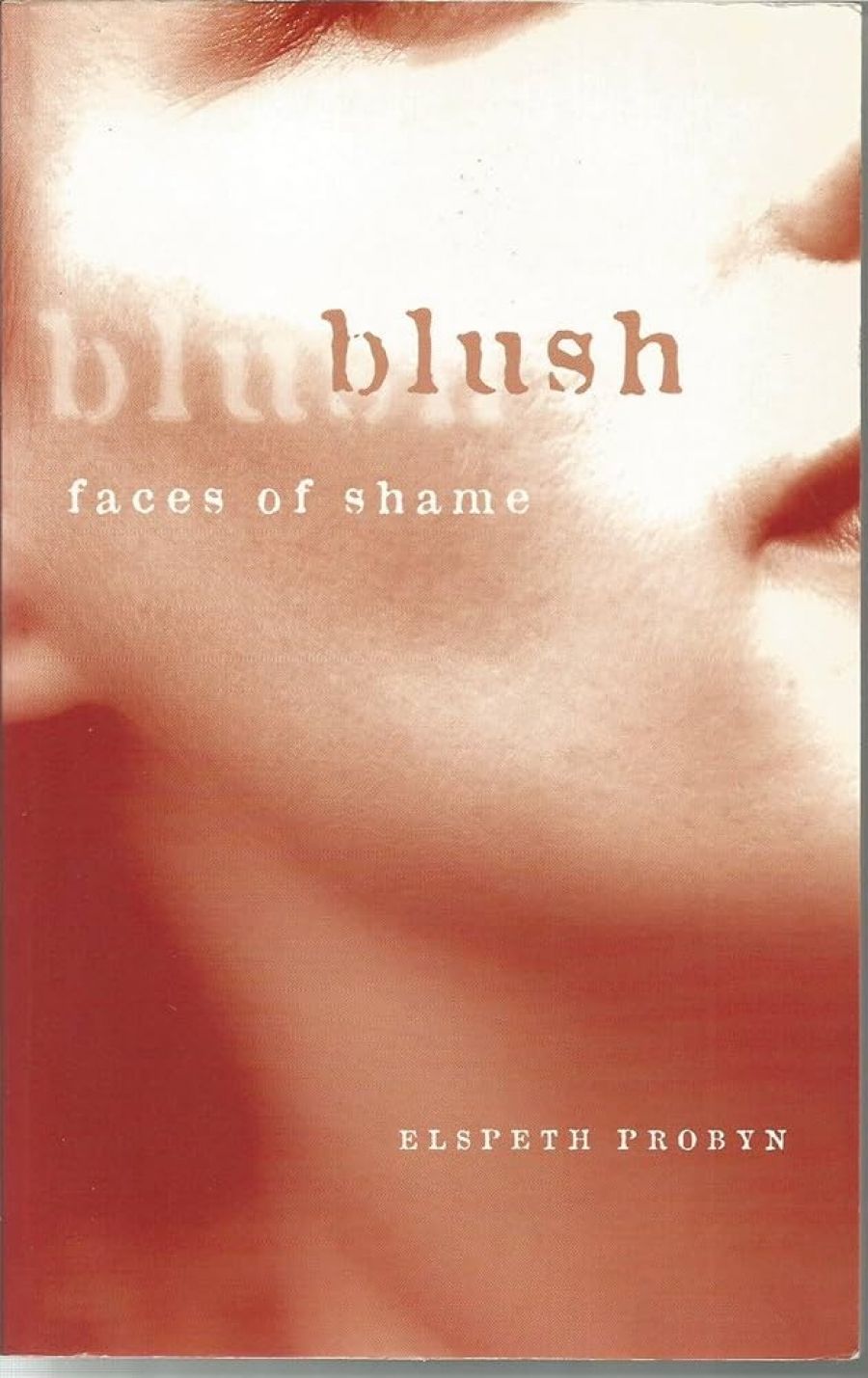
- Free Article: No
- Contents Category: Psychology
- Review Article: Yes
- Article Title: Bouncing off authors
- Online Only: No
- Custom Highlight Text:
In the last couple of decades, the disciplines of philosophy, psychology and neuroscience (and perhaps others, such as law) have witnessed intensified interest in the emotions. In cognitive psychology and neuroscience, several developments, especially advances in computational modelling and new brain-imaging techniques, brought early successes in understanding important aspects of perceptual and cognitive processes. Partly because it became clear that these processes were not as independent of the affective, volitional and appetitive faculties as the classical division of mind suggested, it wasn’t long before scientific researchers turned to the emotions (and the other peskier faculties). Most readers will be familiar with some of the recent popular works on emotion by distinguished neuroscientists such as Antonio Damasio and J. LeDoux.
- Book 1 Title: Blush
- Book 1 Subtitle: Faces of shame
- Book 1 Biblio: UNSW Press, $29.95 pb, 197 pp
- Book 1 Cover Small (400 x 600):

- Book 1 Cover (800 x 1200):

At the clinical end, psychoanalysis from the outset considered emotion as the least unreliable index of what is going on in a person’s mind and rendered qualified support to Hume’s apophthegm about reason being the slave of the passions. It focused initially on the emotions connected with sexual and aggressive drives, but a significant change occurred around the 1960s. Increasing numbers of patients with serious self-esteem difficulties appeared: frequently, feelings of omnipotence and grandeur were prominent, paradoxically combined with an unaccountable proclivity to shame. These maladies of ‘pathological narcissism’ and their associated affections – shame, futility, despair – soon occupied centre stage.
For its part, philosophy has never neglected the conceptual investigation of emotions. Aristotle was incisive (as usual) on shame; Hume wrote brilliantly on pride and humility. There has been considerable recent work imposing conceptual rigour on findings in evolutionary psychology and neurobiology, and much penetrating study of the ‘moral emotions’ – pride, shame, guilt – by figures such as Bernard Williams and Richard Wollheim; and not least by some Australian philosophers: Raimond Gaita and Christopher Cordner come to mind.
I start with this sketch of the field not because Elspeth Probyn’s new book has a place in it, but because it is so conspicuously detached from it. Blush: Faces of Shame is written in another, strange country. Here there is no knowledge (or ignorance), but knowledges (and ignorances); the crucial measure of a belief is not whether it is true but whether it is exciting, challenging or inspiring; human thought begins some time in the last half-century; and anyone disciplined in cultural studies can dip into the sciences and use them like daubs on a painter’s palette.
Probyn thinks that shame has been neglected and wants ‘everyone to understand that shame is interesting and important: we cannot live without it, nor should we try’. It is important mainly because it can be revelatory, of the individual self and of the human: ‘The blush tells of the sum total of all that has made me.’ Probyn is excited by this discovery and, in an undercurrent of the book, tries to infect the reader with her excitement; a task undertaken principally with autobiographical sketches and reflections on her personal experiences of shame. She is at her best in these narrations, reflecting on our nation’s maltreatment of Aborigines, an affair of the heart, or discussing a grandmother’s poetry. Her analysis of shame – to distinguish this notion from the interdependent occasions of shame – is much less successful.
Several of the main lines of thought in Blush are patently defective or lead nowhere. Probyn takes from the psychologist Silvan Tomkins the view that shame is intimately connected with interest. This is true but unhelpful: most of the affections we call ‘emotions’ are in various ways connected with interest. She also takes from Tomkins the view that ‘any affect can have any object’. This is false, and in an alarming way. Somehow, Probyn has overlooked one of the most discussed and fundamental features of emotions, the fact that their specific ‘intentionality’, the object that they are ‘directed at’, constitutively determines them. What I take to be my shame at winning the prize I coveted is either not really shame or the emotion’s real (perhaps unconscious) intentional object is something other than my winning. In one misplaced passage on page 120, Probyn bumps into this feature of emotion but then confuses it with the psychoanalytic notion of libidinal object.
Probyn rightly stresses the importance of the body: blushing is associated with shame, shame often arises when bodies are in proximity, in shame the body ‘recalls’ earlier experiences, and so on. But her treatment lacks precision and philosophical acumen. To take one example for many, she says that shame is ‘always connected to bodily experienced stimuli and more widely to interest’. The argument – if that is the right word – is that this idea ‘feels intuitively and experientially right’ and ‘sits well in the body’. But one would like to know here exactly what the view being advanced is; and whether it is true. If it is meant that every time someone is ashamed they undergo a specific, or even non-specific, bodily experience – blushing, for example – that view is clearly false.
Blush has scarcely a paragraph without the crutch of another author. It is a short book with over 330 footnotes, many of them marking quotations. The overall effect is of a kind reading report. An author is introduced, cited or précised, a gloss is provided, a modification suggested or approval indicated. Someone’s ‘argument’ may be challenging or, if not, ‘still pretty interesting’. Frequently, the glosses seem inapt or just wrong and the logic of transition from one subject to another difficult to discern. Perhaps such writing is inspired by a spirit of inclusion. But the continuous bouncing off authors and the bouncing of authors off other authors in the hope of sparking light creates instead an impression of being lost.


Comments powered by CComment